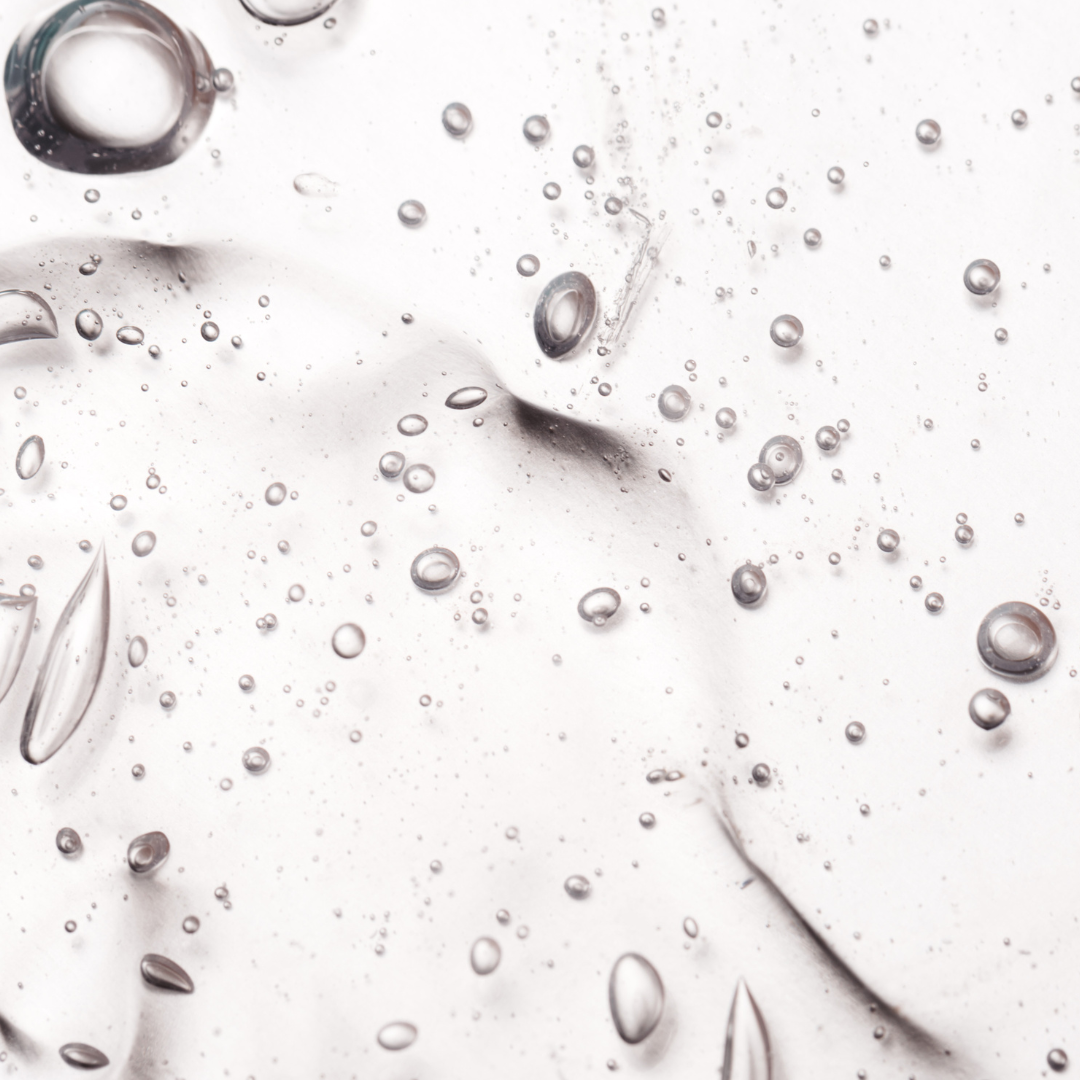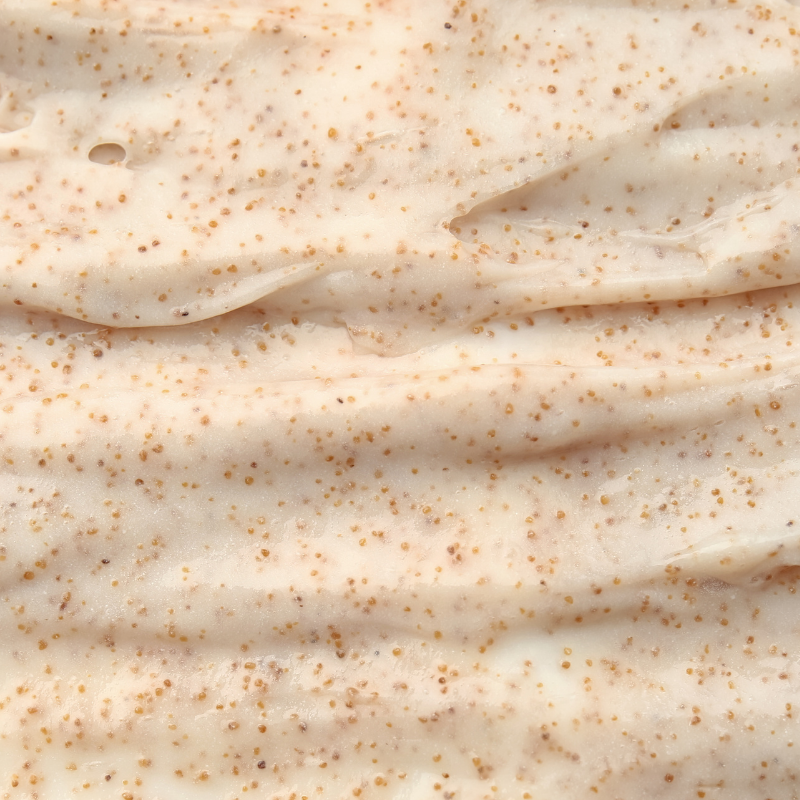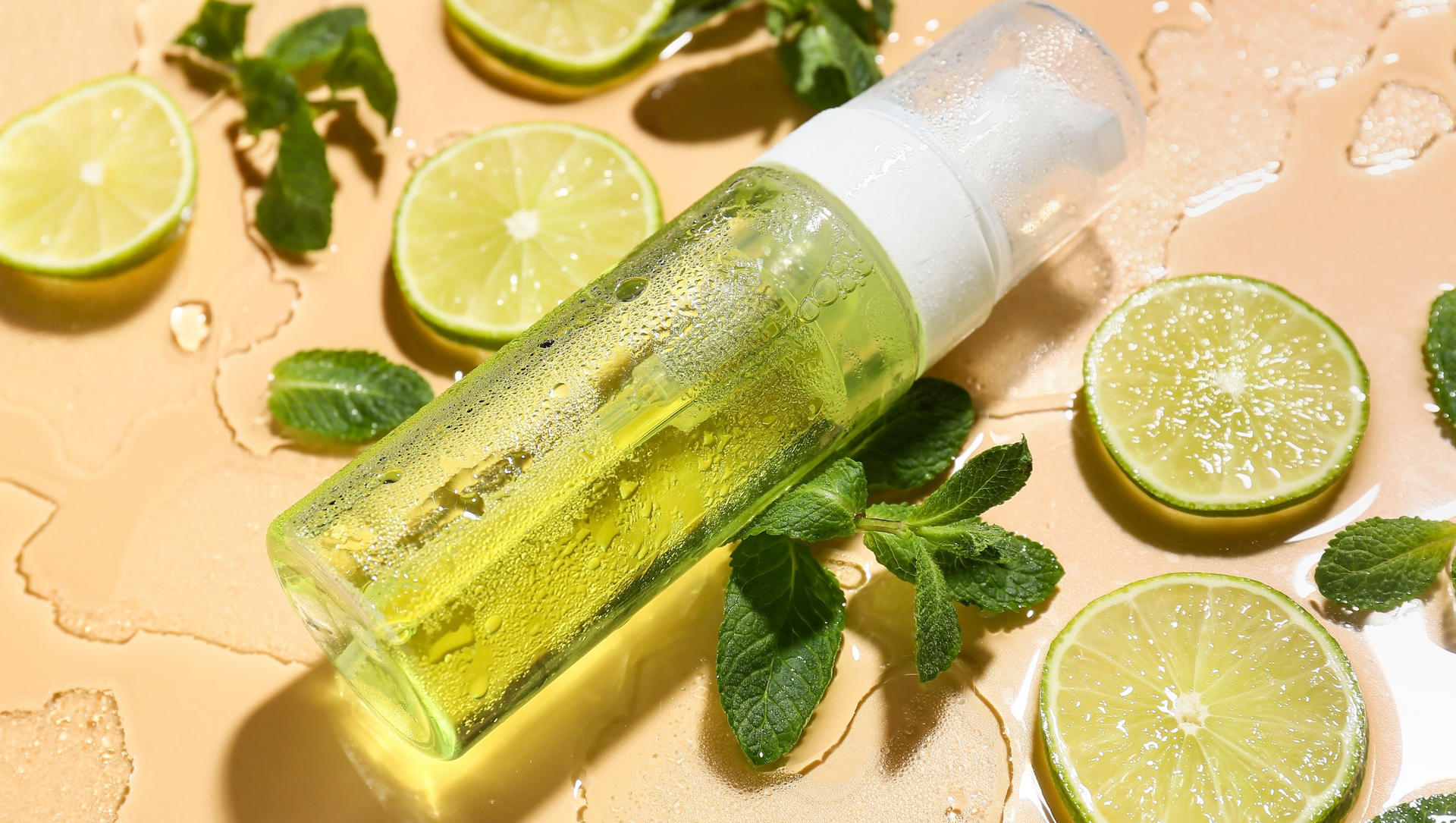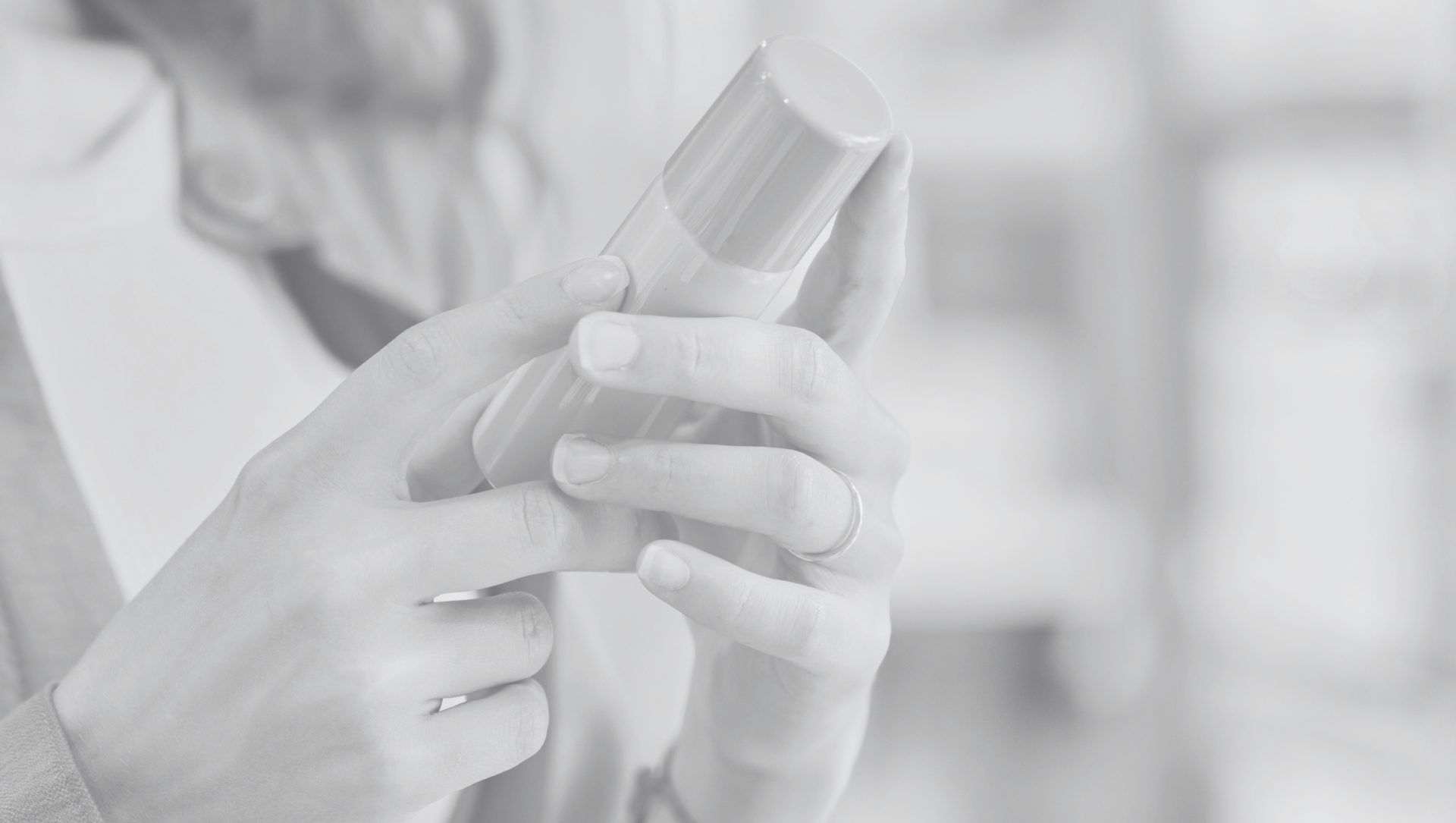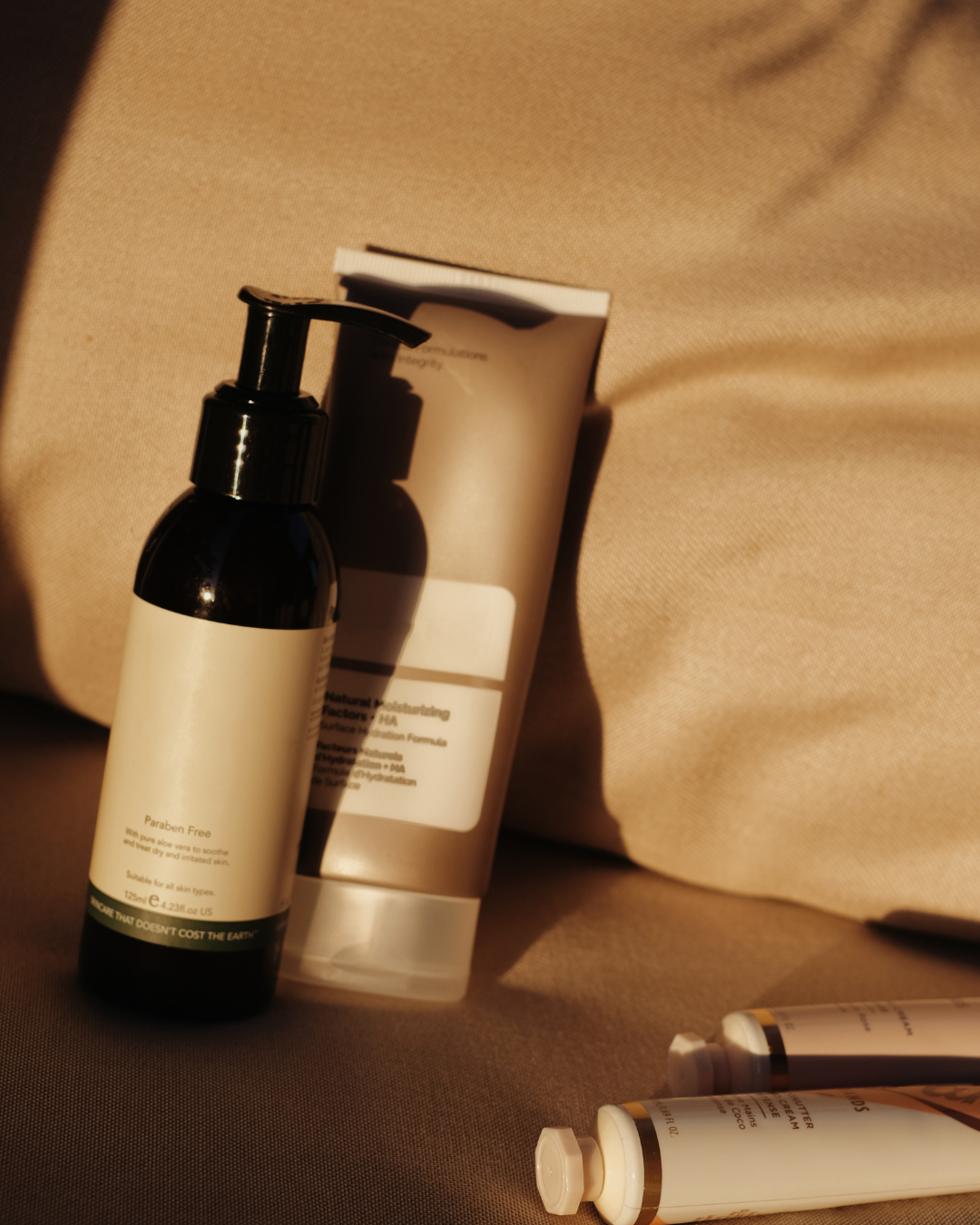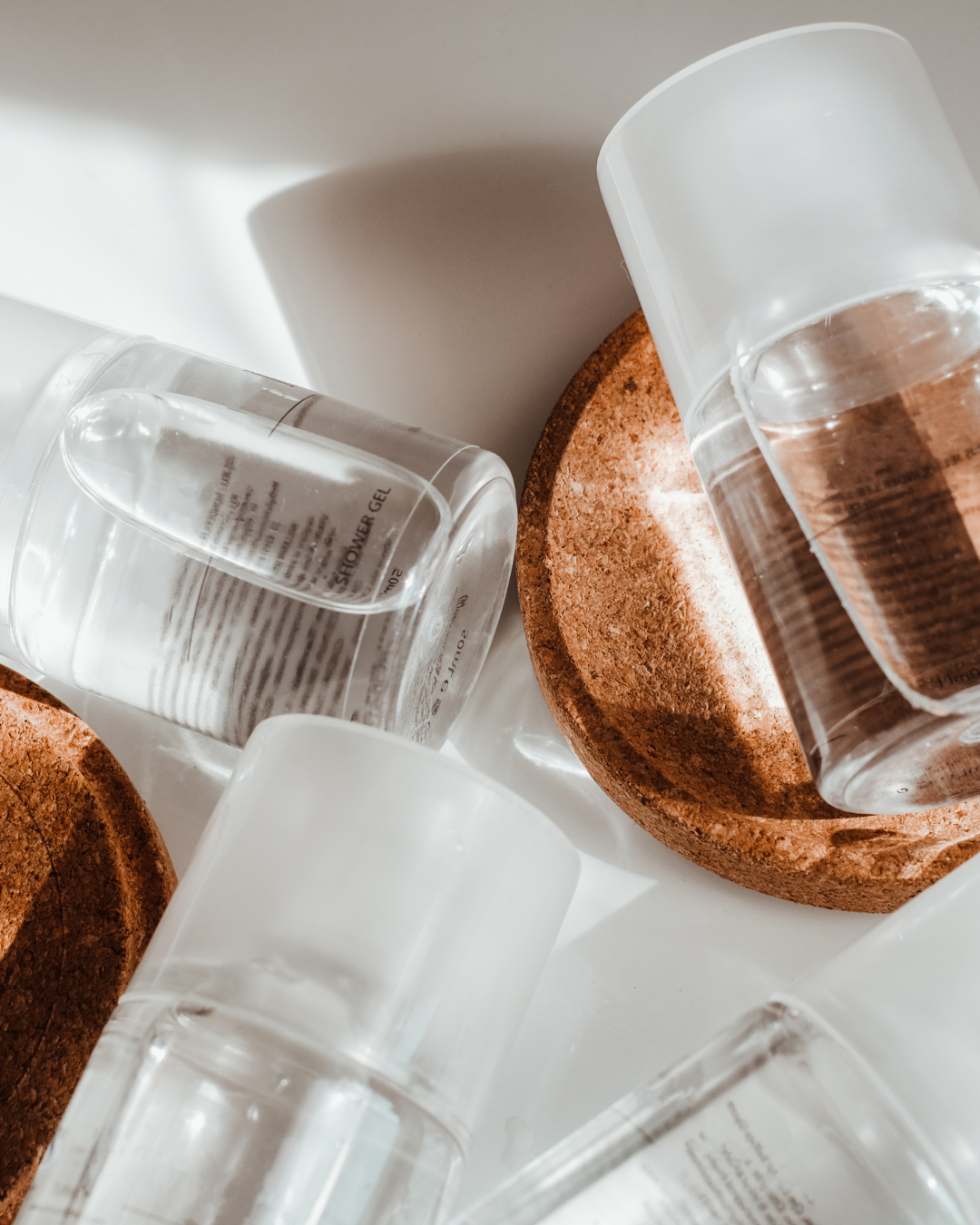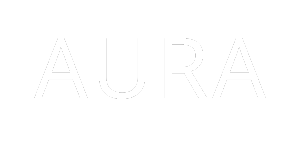Common Cosmetic Labeling Mistakes (and How to Avoid Them)
Avoid costly compliance issues and protect your brand with this essential labeling guide.
✅ Cosmetic Labeling Mistakes at a Glance
- Labels must meet FDA and international cosmetic regulations (if applicable- to international brands) — even for small or handmade brands.
- INCI names are mandatory for ingredients.
- The 1% rule governs how minor ingredients are listed.
- Net quantity must appear on the front panel.
- Claims must be truthful and substantiated.
- Responsible party contact info is required.
- Your preservative system must be labeled properly and safely disclosed, not just "preservative system".
🧠 Why Cosmetic Labeling Matters
Cosmetic labeling is a legal requirement — not a suggestion. It's enforced by the FDA (U.S.), Health Canada, EU Regulation, and others. Errors in labeling can lead to delays at customs, product recalls, retailer rejection, or worse.
⚠️ 6 Common Cosmetic Labeling Mistakes
1. Using Common Names Instead of INCI Names
Instead of:
Shea Butter, Water, Lavender Oil
You must list:
Butyrospermum Parkii (Shea) Butter, Aqua (Water), Lavandula Angustifolia (Lavender) Oil
✅ Use INCI (International Nomenclature of Cosmetic Ingredients) to ensure global compliance and clarity.
2. Incorrect Ingredient Order
Ingredients must be listed in descending order by weight until concentrations fall below 1%. After that, they can appear in any order — but must still be disclosed.
❌ Mistake: Randomized or alphabetized ingredient lists
✅ Fix: List ingredients by actual weight contribution, not marketing importance.
3. Missing Net Contents on Principal Display Panel
The net weight/volume (e.g., “2 fl oz / 60 mL”) must appear on the front panel, not the back or sides.
✅ Use both U.S. customary units and metric units, especially for multi-market products.
4. Unsubstantiated Marketing Claims
You can’t use claims like "heals eczema" or "acne treatment" unless the product is registered as an over-the-counter (OTC) drug and supported by testing.
✅ Stick to cosmetic terms like “moisturizing,” “brightening,” or “smoothing,” unless legally substantiated.
5. Vague or Incorrect Preservative System Disclosure
Some brands try to hide preservatives or don’t list them properly. You must list the actual preservative system you're using, such as:
- Phenoxyethanol and Ethylhexylglycerin
- Methylparaben
❌ Mistake: Omitting preservatives to appear “clean”
✅ Fix: Disclose
each preservative INCI name accurately — even if used at <1%.
6. No Manufacturer or Distributor Information
FDA requires the responsible party's name and address to be on the label. This enables traceability and legal accountability.
❌ Mistake: Leaving off company info entirely
✅ Fix: Include your name + physical location, e.g.
For Example:
Distributed by AURA Consulting & Manufacturing Conroe, TX 77304
🧠 Frequently Asked Questions (FAQ)
Q: Do I need to list preservatives on my skincare label?
A: Yes. The FDA requires you to disclose all ingredients, including preservatives. You must use their correct INCI names, even if present in small amounts.
Q: What is a preservative system?
A: A preservative system is a combination of ingredients used to prevent microbial growth and extend shelf life. Common examples include phenoxyethanol, ethylhexylglcerin, methylparaben, etc.
Q: Can I hide my preservatives for marketing purposes?
A: No. All ingredients must be listed transparently. Omitting preservatives may lead to regulatory issues and can create liability risks.
Q: How should I list ingredients used under 1%?
A: Ingredients under 1% can appear in any order at the end of your list — but you still must name them individually using INCI nomenclature.
Q: Is it mandatory to include a business address on my product label?
A: Yes. The name and place of business of the responsible party is required by the FDA for traceability and legal compliance.

